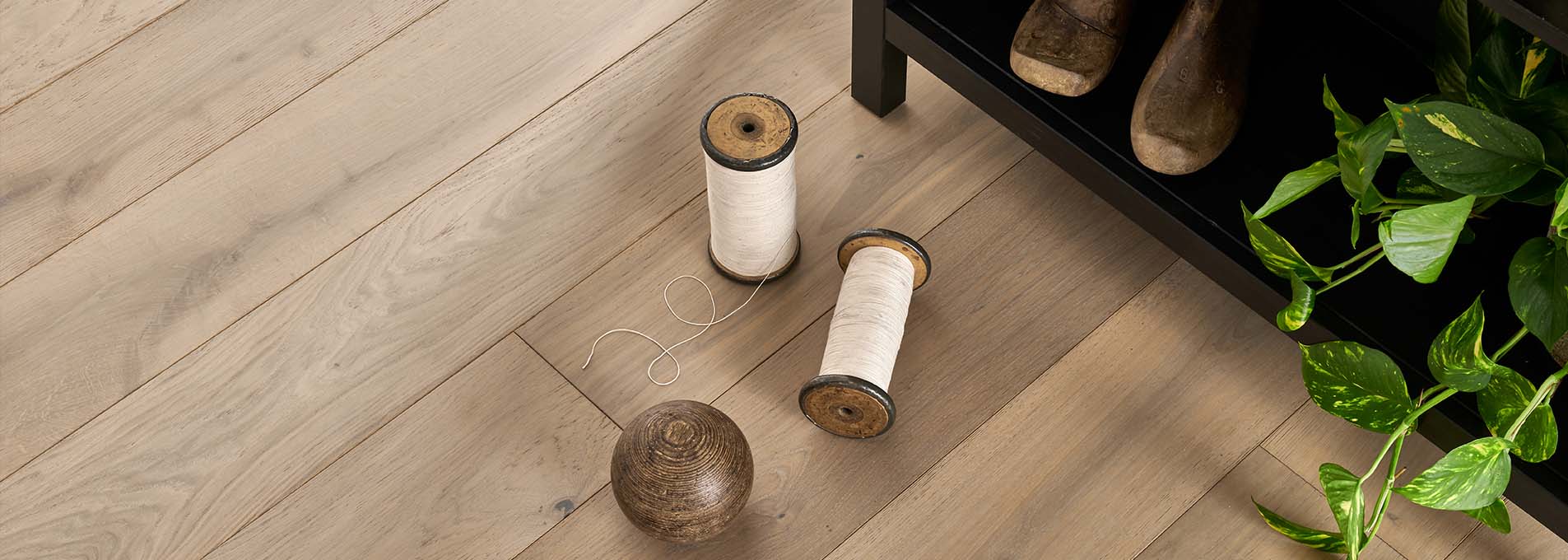
Chepstow Silverglade Oak
Chepstow Silverglade Oak boasts ashen undertones with a fresh contemporary wash, evoking the delicate interplay of light and shadows that grace woodlands, dappling the dew-dressed ground. This engineered flooring seamlessly blends modern style with the timeless charm of nature. Its subtle, sophisticated hues bring a touch of serenity to any room, creating a captivating atmosphere of tranquility and grace. When you choose this Legacy flooring, you're inviting the poetry of the forest into your living space. Treated with hard wax oil for protection and a beautiful finish, backed by our 100 year warranty.













